In an inflationary environment, agriculture tends to perform well as people move their money into physical goods.
Agriculture as a sector is one of the largest employers in the world, employing roughly 27% of the global population.
The good news is that there is a way to target this sector through ETFs from several asset managers. While most are fairly different, we’ll break down the best agriculture ETFs in Canada below.
Best Agriculture ETFs in Canada
Note that there aren’t many Canadian agricultural ETFs, so I included U.S ETFs as well.
- iShares Global Agriculture Index ETF (COW.TO)
- VanEck Agribusiness ETF (MOO)
- iShares MSCI Global Agriculture Producers ETF (VEGI)
- First Trust Indxx Global Agriculture ETF (FTAG)
- Invesco DB Agriculture Fund (DBA)
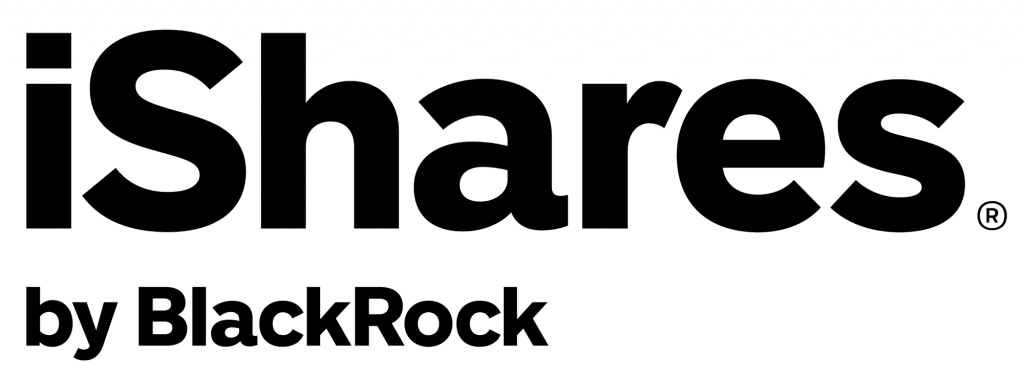
- Ticker: COW.TO
- Inception Date: December 19, 2007
- Assets under Management: $369.04 million
- Management Expense Ratio: 0.72%
- Listed on: Toronto Stock Exchange
- Distribution Yield: 1.75%
- Stock Price: $59.58
- YTD Return: -4.67%
COW is the first ETF on our list and the only Canadian dollar option available for investors here in Canada. It passively tracks the Manulife Asset Management Global Agriculture Index.
COW is a fairly large ETF with a fairly high MER, considering that it is passively managed. The ETF also only has 36 holdings, meaning that it’s possible to replicate by buying its underlying stocks fairly easily.
The ETF’s distributions are paid out semi-annually. While it is a global ETF, it is extremely concentrated in the US.
2. VanEck Agribusiness ETF
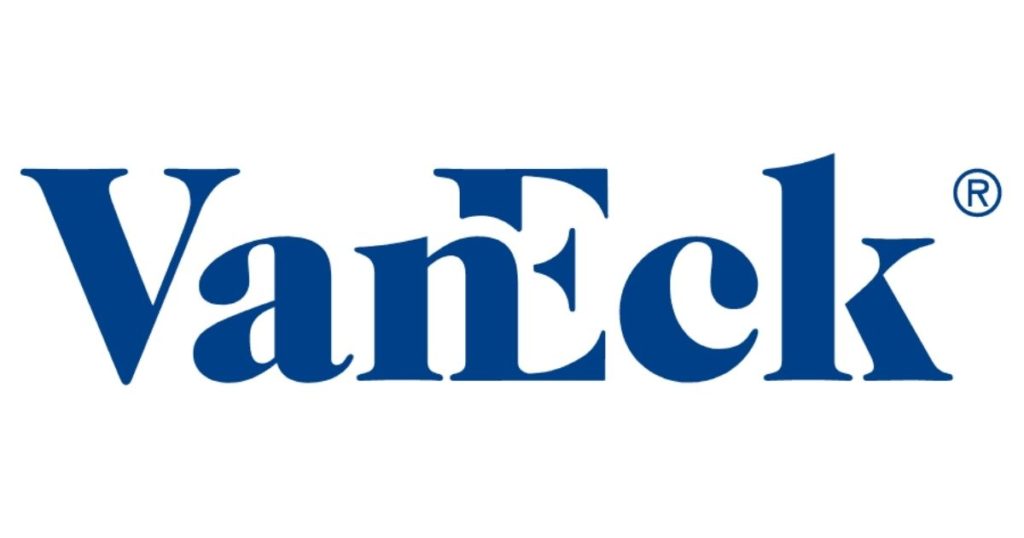
- Ticker: MOO
- Inception Date: August 31, 2007
- Assets under Management: $1.01 billion
- Management Expense Ratio: 0.52%
- Listed on: New York Stock Exchange
- Distribution Yield: 2.34%
- Stock Price: $70.31
- YTD Return: -6.91%
MOO is the largest ETF on our list, at just under 2 billion in assets. It trades on the NYSE, meaning that Canadian investors will need to purchase it in US dollars, on the US side of their accounts.
It passively tracks the MVISGlobal Agribusiness Index. With 55 holdings, it is still a fairly concentrated ETF.
MOO pays distributions annually and is concentrated in the US. The US concentration for MOO is much lower than COW’s, making it a more truly global fund.

- Ticker: VEGI
- Inception Date: January 31, 2012
- Assets under Management: $196.57 million
- Management Expense Ratio: 0.39%
- Listed on: New York Stock Exchange
- Distribution Yield: 2.11%
- Stock Price: $35.73
- YTD Return: -5.79%
VEGI is another reasonably-sized US ETF on our list. It trades on the NYSE, meaning that Canadian investors will need to purchase it in US dollars.
It passively tracks the MSCI ACWI Select Agriculture Producers Investable Market Index. With 145 holdings, it is a much-better-diversified ETF.
VEGI pays distributions semi-annually and is somewhat concentrated in the US. VEGI’s US concentration is lower than COW’s.
In terms of fees, VEGI is relatively cheap when compared to the other ETFs on this list.
4. First Trust Indxx Global Agriculture ETF

- Ticker: FTAG
- Inception Date: March 11, 2010
- Assets under Management: $12.77 million
- Management Expense Ratio: 0.70%
- Listed on: NASDAQ
- Distribution Yield: 3.69%
- Stock Price: $23.6
- YTD Return: -7.25%
FTAG is a much smaller US ETF offering global agriculture exposure. It trades on the NASDAQ, meaning that Canadian investors will need to purchase it in US dollars, on the US side of their accounts.
It passively tracks the Indxx Global Agriculture Index. With just 51 holdings, it is fairly concentrated.
FTAG tries to pay distributions quarterly, but this has varied in the past. The ETF paid out distributions three times in 2021, and only twice in 2016.
FTAG is much more globally diversified than the other ETFs on this list, with the US having a much lower country allocation.
5. Invesco DB Agriculture Fund
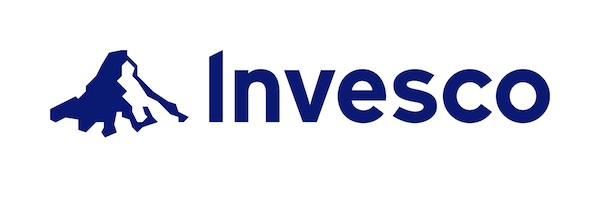
- Ticker: DBA
- Inception Date: January 5, 2007
- Assets under Management: $819.39 million
- Management Expense Ratio: 0.85%
- Yield: 0.45%
- Listed on: New York Stock Exchange
- Stock Price: $21.99
- YTD Return: 4.29%
DBA is the largest ETF on our list, by assets. It trades on the NYSE, meaning that Canadian investors will need to purchase it in US dollars. It’s a slightly different fund from the others on this list.
It passively tracks the level of the MSCI DBIQ Diversified Agriculture Index Excess Return. The ETF has between 10-15 positions in futures, as well as holding short-term fixed income as collateral.
DBA does not pay a distribution. It should be considered a much higher risk ETF than the others on this list.
The main reason for this is that DBA focuses on holding commodity futures, as opposed to investing in agriculture stocks.
Its MER is the highest on this list, although it can be considered a different type of agriculture ETF.
Impact of Global Population on Agriculture ETFs
You can’t discuss the future of agriculture without addressing the elephant in the room: the ever-growing global population. According to various projections, the world’s population could reach nearly 10 billion by 2050.
This growth translates into an increased demand for food, water, and other agricultural products.
As the global population grows, so does the strain on our food systems. To meet this demand, there will be a need for innovations in agricultural practices, technology, and infrastructure. Such advancements and the companies behind them are often captured within agriculture ETFs.
Regions with rapid population growth might witness a spike in agricultural activities, and by extension, in companies that cater to these activities.
What is the Best Agriculture ETF?
If we had to pick a winner from our list of agriculture ETFs for Canadian investors, it would have to be COW. It is accessible in Canadian dollars.
But beware because COW is extremely concentrated in the US, and is not that well diversified in holdings.
Is there an ETF for Farmland?
If you are looking to invest in farmland, you can gain this exposure through a real estate investment trust (REIT) ETF. Alternatively, you could purchase the farmland outright.
This video does an excellent job of outlining how to invest in farmland:
Keep in mind that farmland is a different investment than agriculture as a sector. It comes with different risks and growth opportunities.
How to Buy Agriculture ETFs in Canada
The cheapest way to buy ETFs is from discount brokers. My top choices in Canada are:
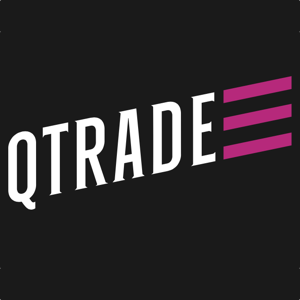
- 105 commission-free ETFs to buy and sell
- Excellent customer service
- Top-notch market research tools
- Easy-to-use and stable platform

- Stock and ETF buys and sells have $0 trading fees
- Desktop and mobile trading
- Reputable fintech company
- Fractional shares available
To learn more, check out my full breakdown of the best trading platforms in Canada.
Conclusion
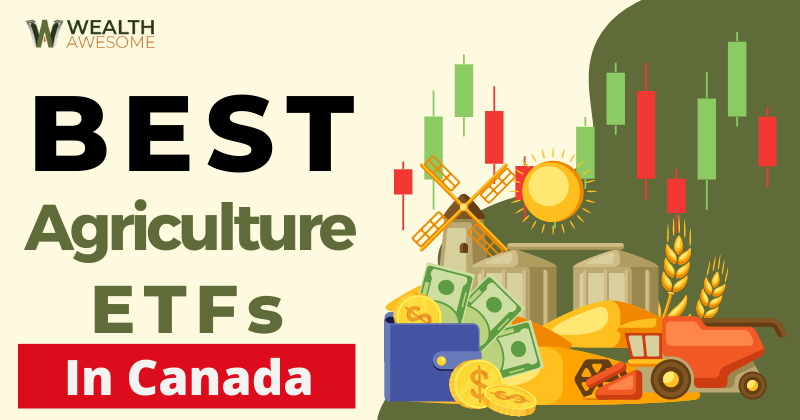
When inflation rises, agriculture as a sector has performed very well. Agriculture ETFs are a great way to get diversified exposure to this sector in your portfolio.
Before choosing an agriculture ETF, make sure to consider its current underlying holdings, as well as where it is invested geographically. Understand whether the ETF is investing in stocks or futures.
The ETF’s size and MER are also important to consider. Make sure you have a sound process in place before purchasing any of the agriculture ETFs above.





